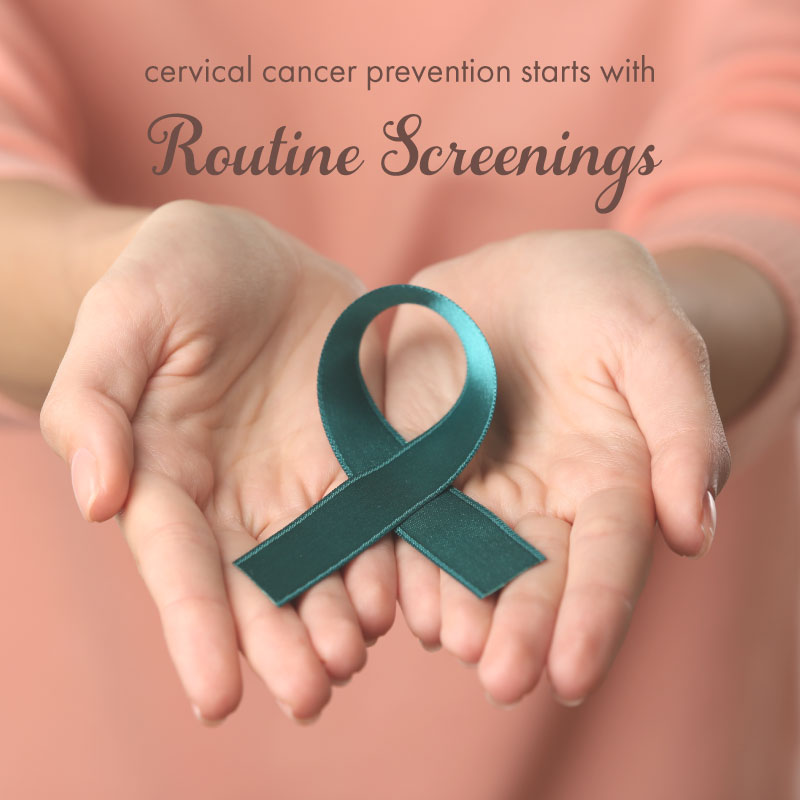At one time, cervical cancer was a leader in cancer deaths for American women. Cervical cancer screenings and HPV vaccinations have lowered those numbers. In fact, cervical cancer is the most preventable of all female cancers.
Cervical cancer screening includes the Pap test and, for some women, an HPV test. Both tests use cells taken from the cervix. The screening process is simple and fast. Your doctor takes a sample of your cervical cells during your exam. For a Pap test, the sample is examined to see if abnormal cells are present. For an HPV test, the sample is tested for the presence of the most common high-risk HPV types. (Most cervical cancer originates from HPV infections.)
Speak with your doctor about how often you should receive a pap test or HPV test. The necessity will depend on your age and medical history.
If you have had a hysterectomy, you still may need screening. The decision is based on whether your cervix was removed, why the hysterectomy was needed, and whether you have a history of moderate or severe cervical cell changes or cervical cancer. Even if your cervix is removed at the time of hysterectomy, cervical cells can still be present at the top of the vagina. According to the American College of Obstetricians & Gynecologists’ guidelines, if you have a history of cervical cancer or cervical cell changes, you should continue to have screening for 20 years after the time of your surgery.







